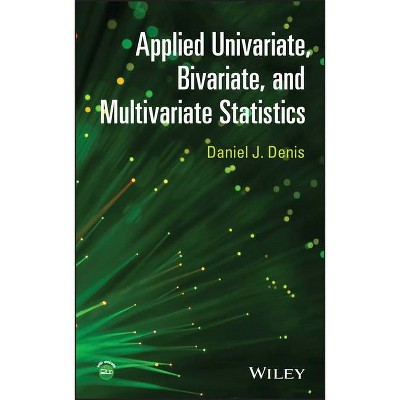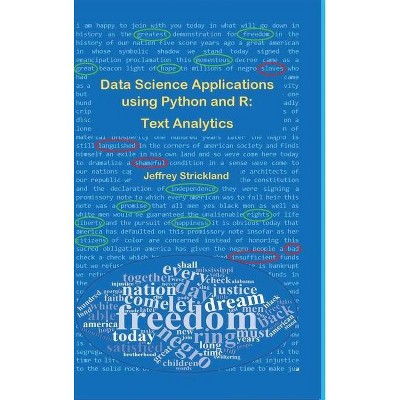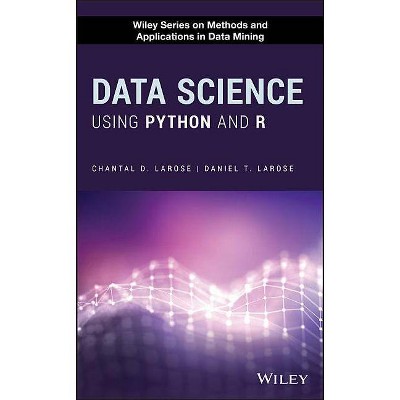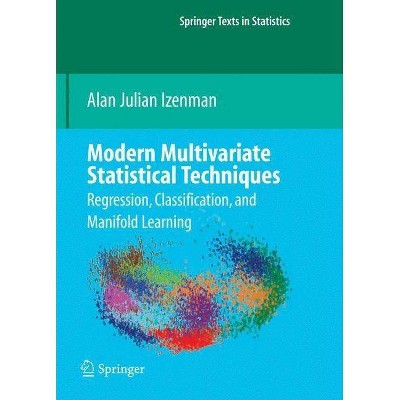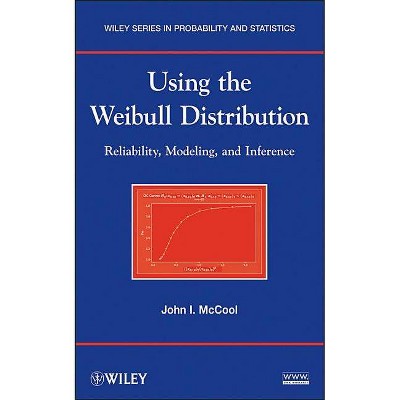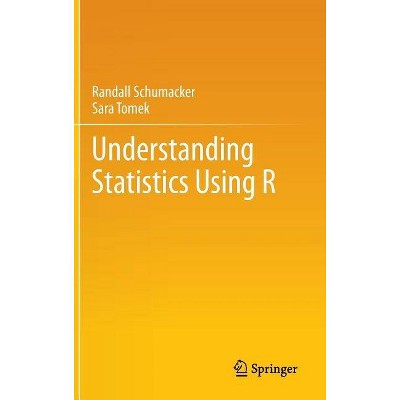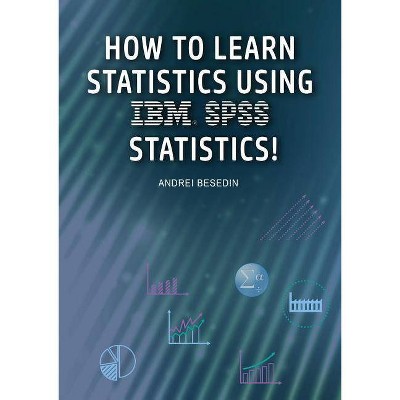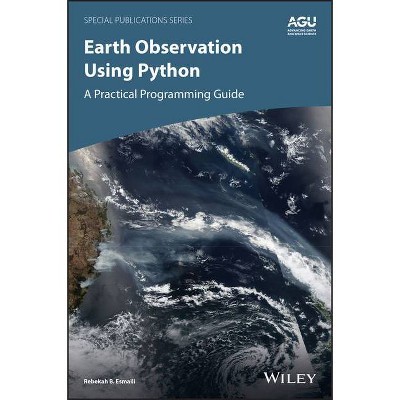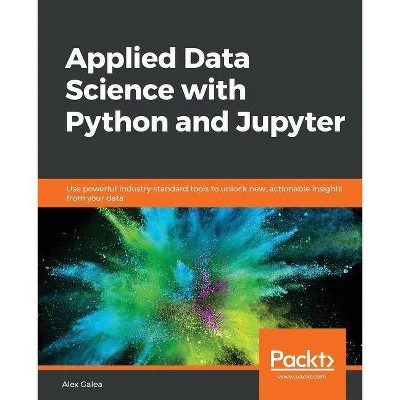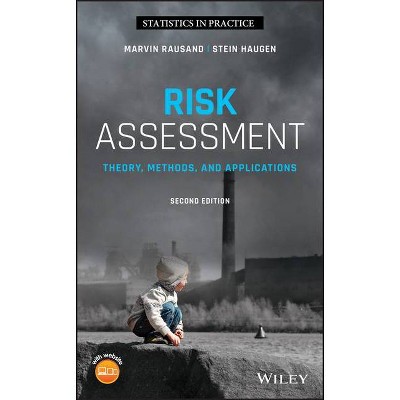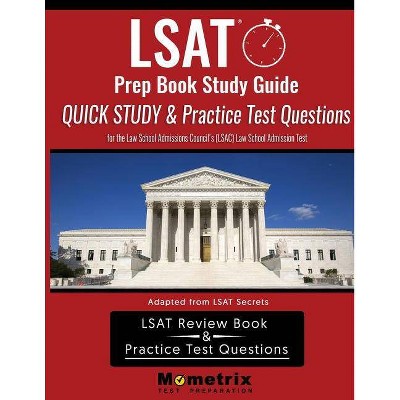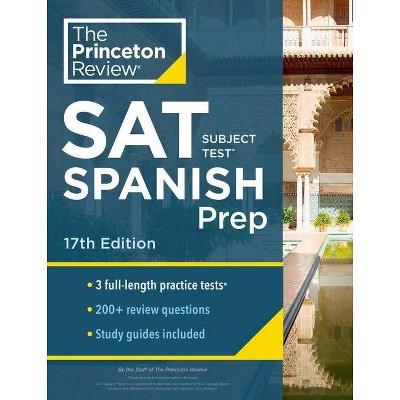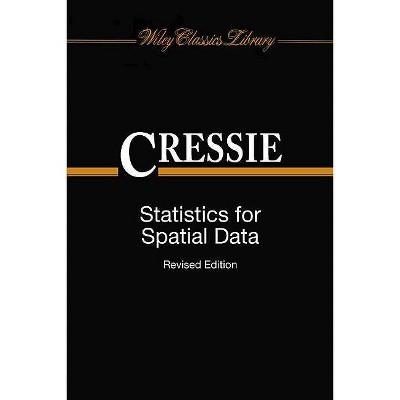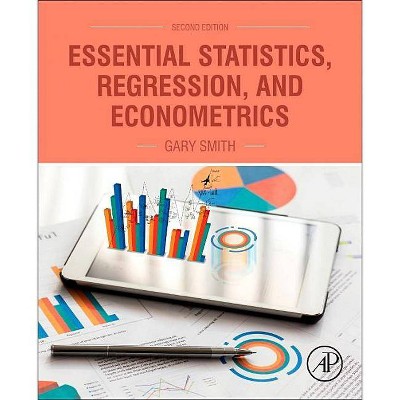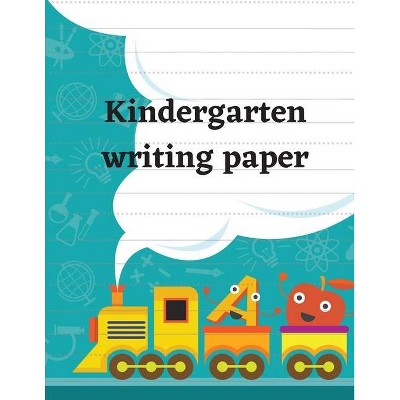Applied Univariate, Bivariate, and Multivariate Statistics Using Python - by Daniel J Denis (Hardcover)
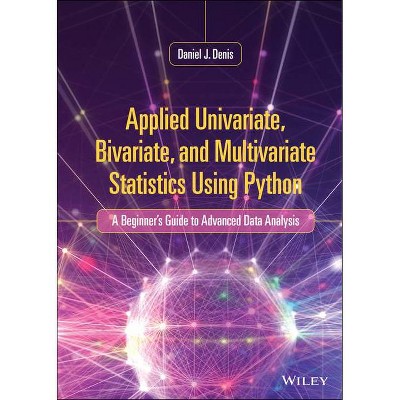
Similar Products
Products of same category from the store
AllProduct info
<p/><br></br><p><b> About the Book </b></p></br></br>"This book is an elementary beginner's introduction to applied statistics using Python. It for the most part assumes no prior knowledge of statistics or data analysis, though a prior introductory course is desirable. It can be appropriately used in a 16-week course in statistics or data analysis at the advanced undergraduate or beginning graduate level in fields such as psychology, sociology, biology, forestry, education, nursing, chemistry, business, law, and other areas where making sense of data is priority rather than formal theoretical statistics as one may have in a more specialized program in a statistics department. Mathematics used in the book is minimal, and where math is used, every effort has been made to unpack and explain it as clearly as possible. The goal of the book is to obtain results using software rather quickly, while at the same time not completely dismissing important conceptual and theoretical features. After all, if you do not understand what the computer is producing, then the output will be quite meaningless. For deeper theoretical accounts, the reader is encouraged to consult other sources, such as the author's more theoretical book, now in its second edition (Denis, 2021), or a number of other books on univariate and multivariate analysis (e.g., Izenman, 2008; Johnson and Wichern, 2007). The book you hold in your hands is merely meant to get your foot in the door, and so long as that is understood from the outset, it will be of great use to the newcomer or beginner in statistics and computing. It is hoped that you leave the book with a feeling of having better understood simple to relatively advanced statistics, while also experiencing a little bit about what Python is all about. Python is used in performing and demonstrating data analyses throughout the book, however it should be emphasized that the book is not a specialty on Python itself. In this respect, the book does not contain a deep introduction to the software, nor does it go into the language that makes up Python computing to any significant degree. Rather, the book is much more "hands-on" in that code used is a starting point to generating useful results. That is, the code employed is that which worked for the problem under consideration, and which the user can amend or adjust afterward when performing additional analyses. When it comes to coding with Python, there are usually several ways of accomplishing similar goals. In places, we also cite code used by others, assigning proper credit. There already exist a plethora of Python texts and user manuals that feature the software in much greater depth. Those users wishing to learn Python from scratch and become specialists in the software and aspire to become an efficient and general-purpose programmer should consult those sources (e.g., see Guttag, 2013). For those who want some introductory exposure to Python on generating data-analytic results, and wish to understand what the software is producing, it is hoped that the current book will be of great use"--<p/><br></br><p><b> Book Synopsis </b></p></br></br><b>Applied Univariate, Bivariate, and Multivariate Statistics Using Python</b> <p><b>A practical, "how-to" reference for anyone performing essential statistical analyses and data management tasks in Python</b><p><i>Applied Univariate, Bivariate, and Multivariate Statistics Using Python</i> delivers a comprehensive introduction to a wide range of statistical methods performed using Python in a single, one-stop reference. The book contains user-friendly guidance and instructions on using Python to run a variety of statistical procedures without getting bogged down in unnecessary theory. Throughout, the author emphasizes a set of computational tools used in the discovery of empirical patterns, as well as several popular statistical analyses and data management tasks that can be immediately applied.<p>Most of the datasets used in the book are small enough to be easily entered into Python manually, though they can also be downloaded for free from www.datapsyc.com. Only minimal knowledge of statistics is assumed, making the book perfect for those seeking an easily accessible toolkit for statistical analysis with Python. <i>Applied Univariate, Bivariate, and Multivariate Statistics Using Python</i> represents the fastest way to learn how to analyze data with Python.<p>Readers will also benefit from the inclusion of: <ul><li>A review of essential statistical principles, including types of data, measurement, significance tests, significance levels, and type I and type II errors</li><li>An introduction to Python, exploring how to communicate with Python</li><li>A treatment of exploratory data analysis, basic statistics and visual displays, including frequencies and descriptives, q-q plots, box-and-whisker plots, and data management</li><li>An introduction to topics such as ANOVA, MANOVA and discriminant analysis, regression, principal components analysis, factor analysis, cluster analysis, among others, exploring the nature of what these techniques can vs. cannot do on a methodological level</li></ul><p>Perfect for undergraduate and graduate students in the social, behavioral, and natural sciences, <i>Applied Univariate, Bivariate, and Multivariate Statistics Using Python</i> will also earn a place in the libraries of researchers and data analysts seeking a quick go-to resource for univariate, bivariate, and multivariate analysis in Python.<p/><br></br><p><b> From the Back Cover </b></p></br></br><p><b>A practical, "how-to" reference for anyone performing essential statistical analyses and data management tasks in Python</b></p><p><i>Applied Univariate, Bivariate, and Multivariate Statistics Using Python</i> delivers a comprehensive introduction to a wide range of statistical methods performed using Python in a single, one-stop reference. The book contains user-friendly guidance and instructions on using Python to run a variety of statistical procedures without getting bogged down in unnecessary theory. Throughout, the author emphasizes a set of computational tools used in the discovery of empirical patterns, as well as several popular statistical analyses and data management tasks that can be immediately applied.</p><p>Most of the datasets used in the book are small enough to be easily entered into Python manually, though they can also be downloaded for free from www.datapsyc.com. Only minimal knowledge of statistics is assumed, making the book perfect for those seeking an easily accessible toolkit for statistical analysis with Python. <i>Applied Univariate, Bivariate, and Multivariate Statistics Using Python</i> represents the fastest way to learn how to analyze data with Python.</p><p>Readers will also benefit from the inclusion of: </p><ul><li>A review of essential statistical principles, including types of data, measurement, significance tests, significance levels, and type I and type II errors</li><li>An introduction to Python, exploring how to communicate with Python</li><li>A treatment of exploratory data analysis, basic statistics and visual displays, including frequencies and descriptives, q-q plots, box-and-whisker plots, and data management</li><li>An introduction to topics such as ANOVA, MANOVA and discriminant analysis, regression, principal components analysis, factor analysis, cluster analysis, among others, exploring the nature of what these techniques can vs. cannot do on a methodological level</li></ul><p>Perfect for undergraduate and graduate students in the social, behavioral, and natural sciences, <i>Applied Univariate, Bivariate, and Multivariate Statistics Using Python</i> will also earn a place in the libraries of researchers and data analysts seeking a quick go-to resource for univariate, bivariate, and multivariate analysis in Python.</p><p/><br></br><p><b> About the Author </b></p></br></br><p><b>Daniel J. Denis, PhD, </b> is Professor of Quantitative Psychology at the University of Montana. He is author of <i>Applied Univariate, Bivariate, and Multivariate Statistics</i> and <i>Applied Univariate, Bivariate, and Multivariate Statistics Using R</i>.</p>
Price History
Price Archive shows prices from various stores, lets you see history and find the cheapest. There is no actual sale on the website. For all support, inquiry and suggestion messages communication@pricearchive.us
